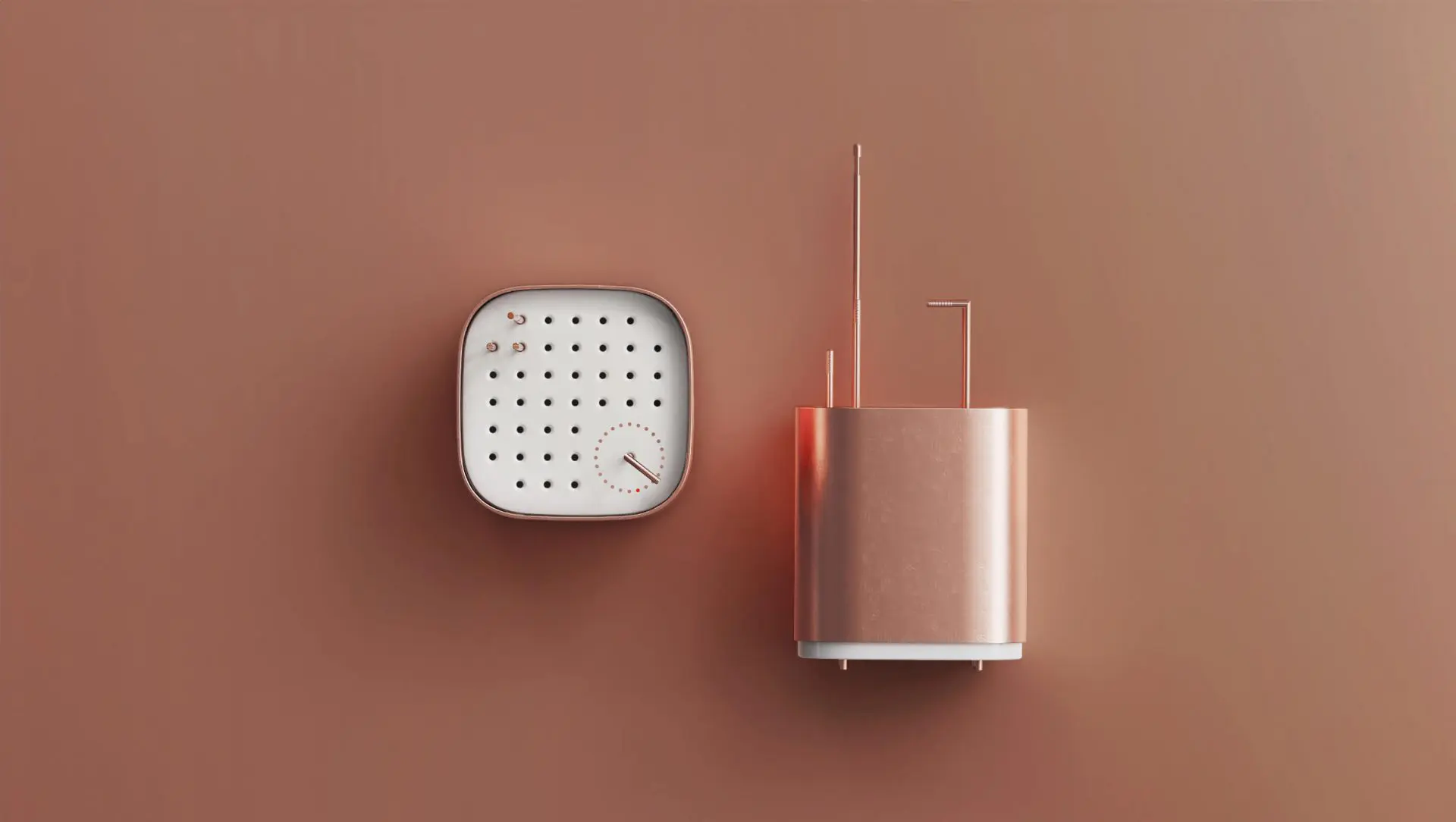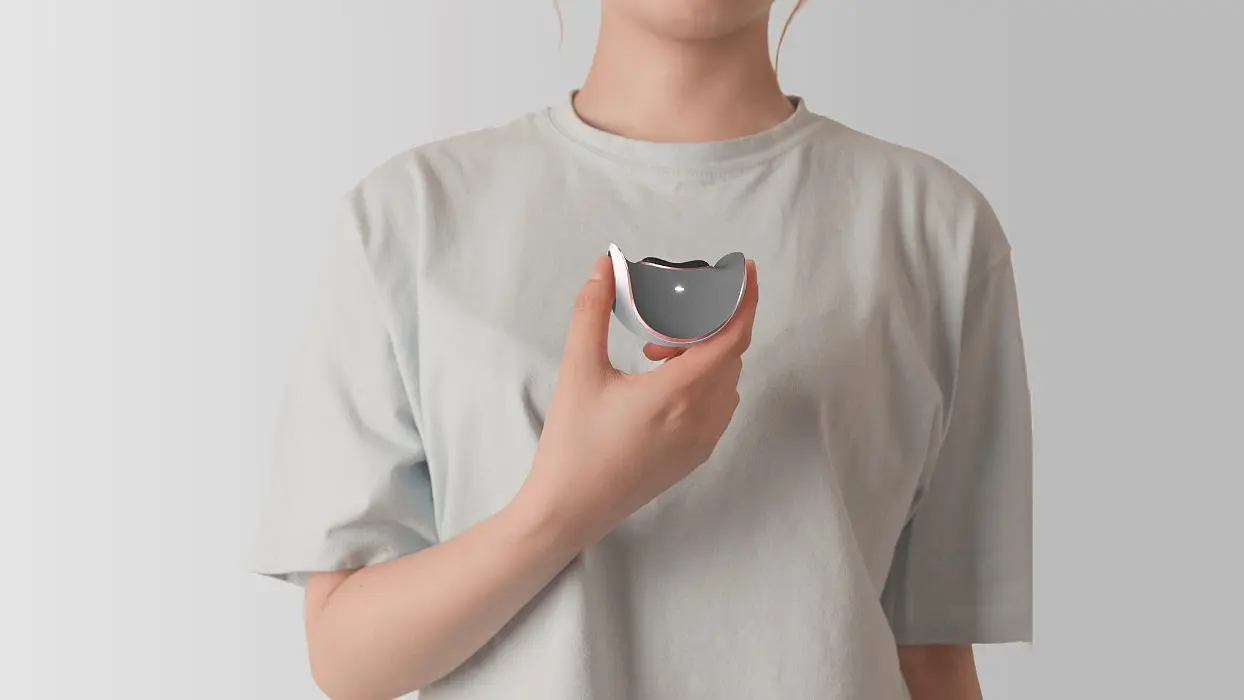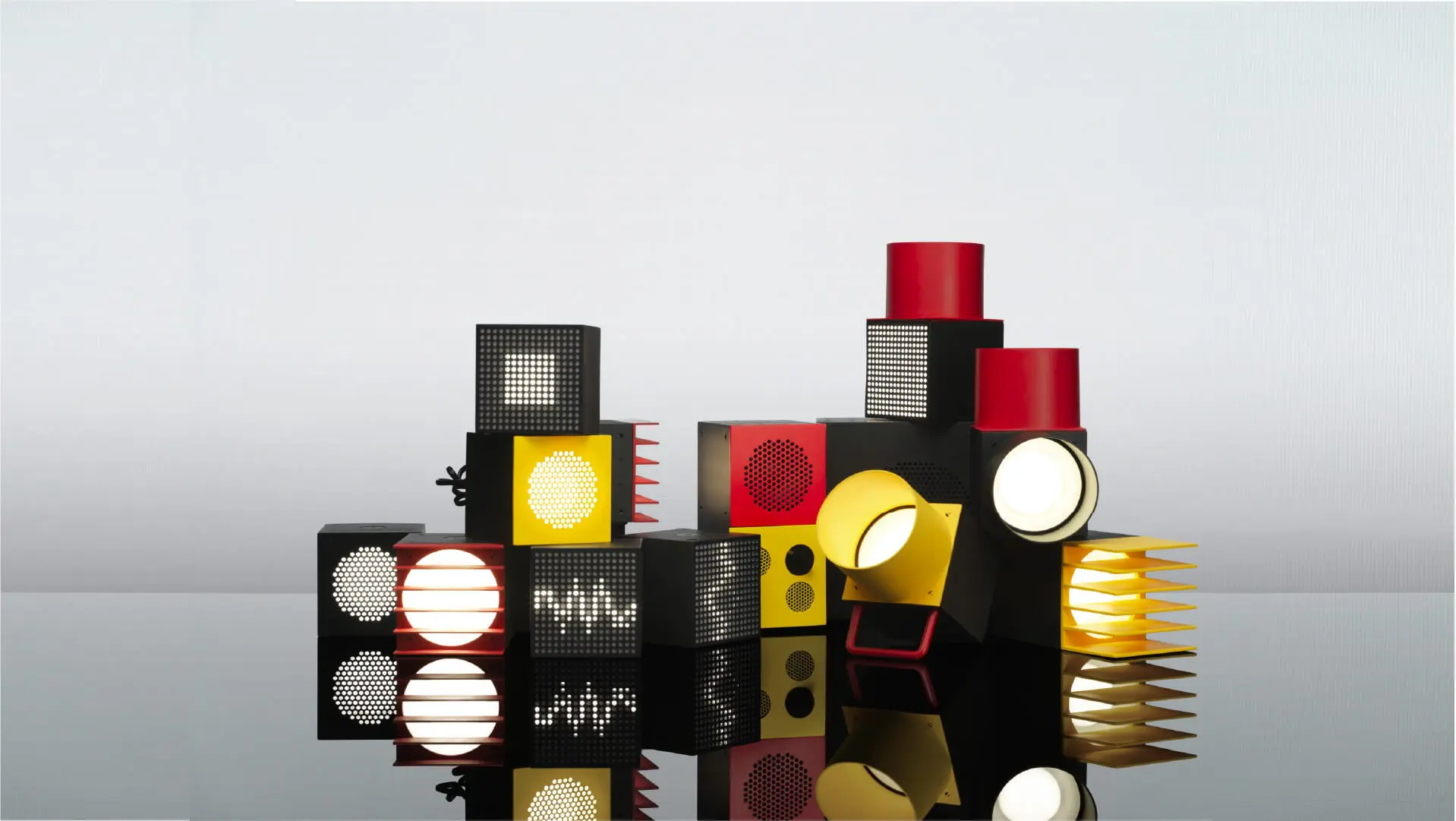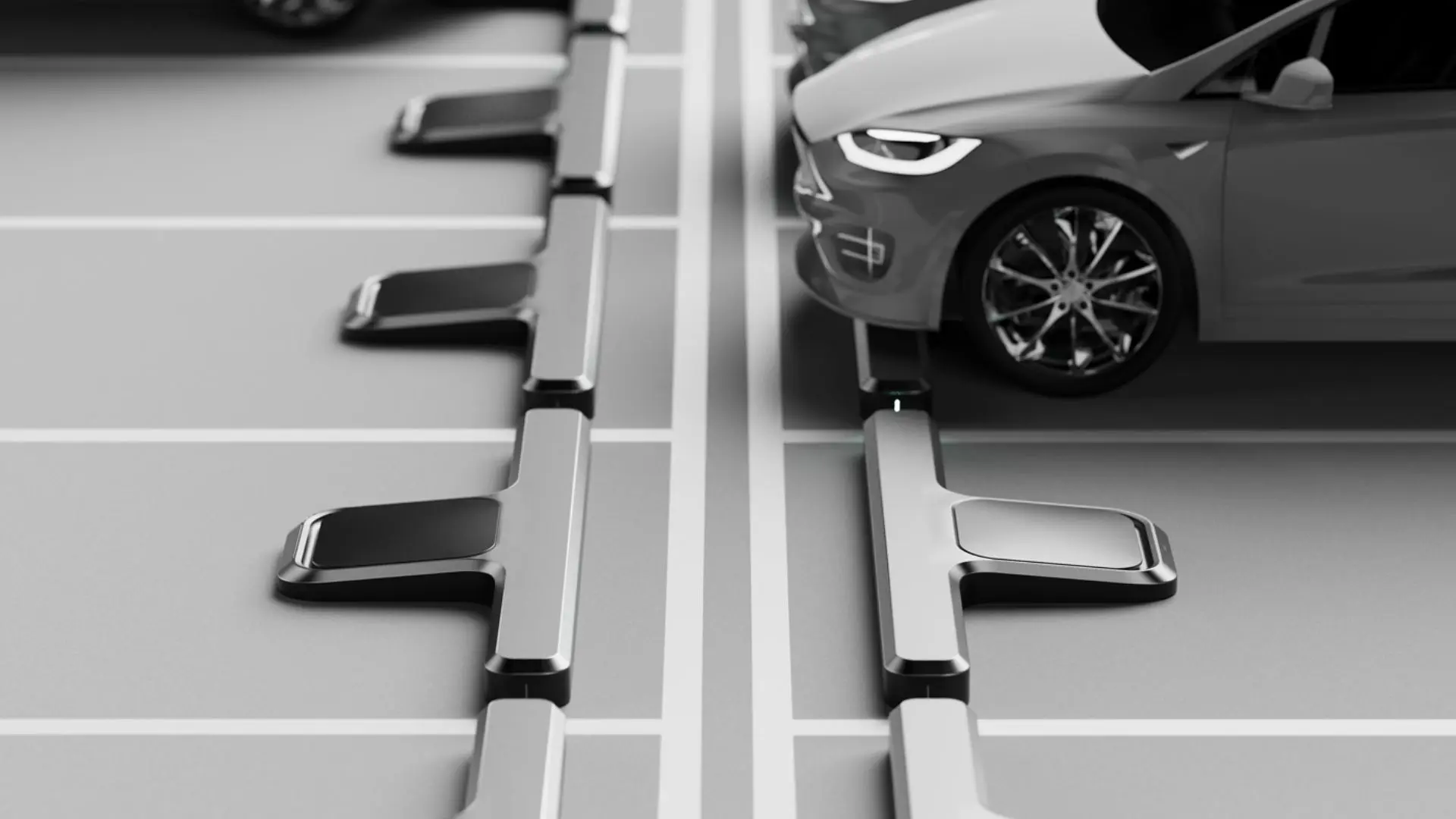Korvaa is the world’s first headphone made out of microbially grown materials
This sustainable headset explores 6 different bio-engineered materials in its construction
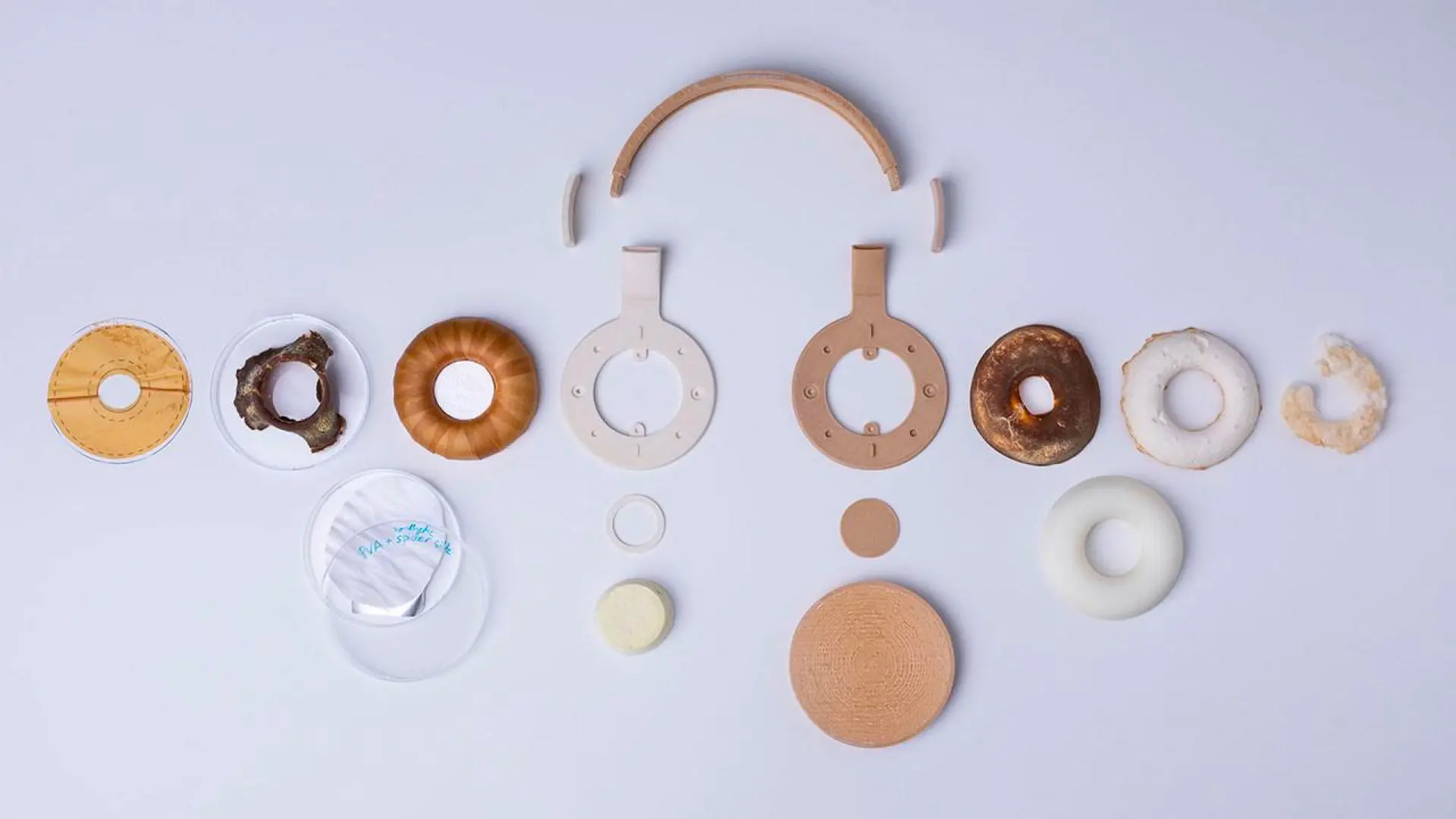
Finnish design studio Aivan, in collaboration with synbio scientists from VTT Technical Research Centre of Finland and Aalto University, have conceptualized Korvaa, the world’s first headphone made out of microbially grown materials.
The curse of plastic gets more certain with each passing day as its gift of durability is also leaving irreversible damage on the environment.
As a result, a number of government organizations, research institutes and private organizations are supporting synthetic biology and sustainable materials. The synthetic biology industry is experiencing accelerating growth, expected to hit 19% per year (CAGR).
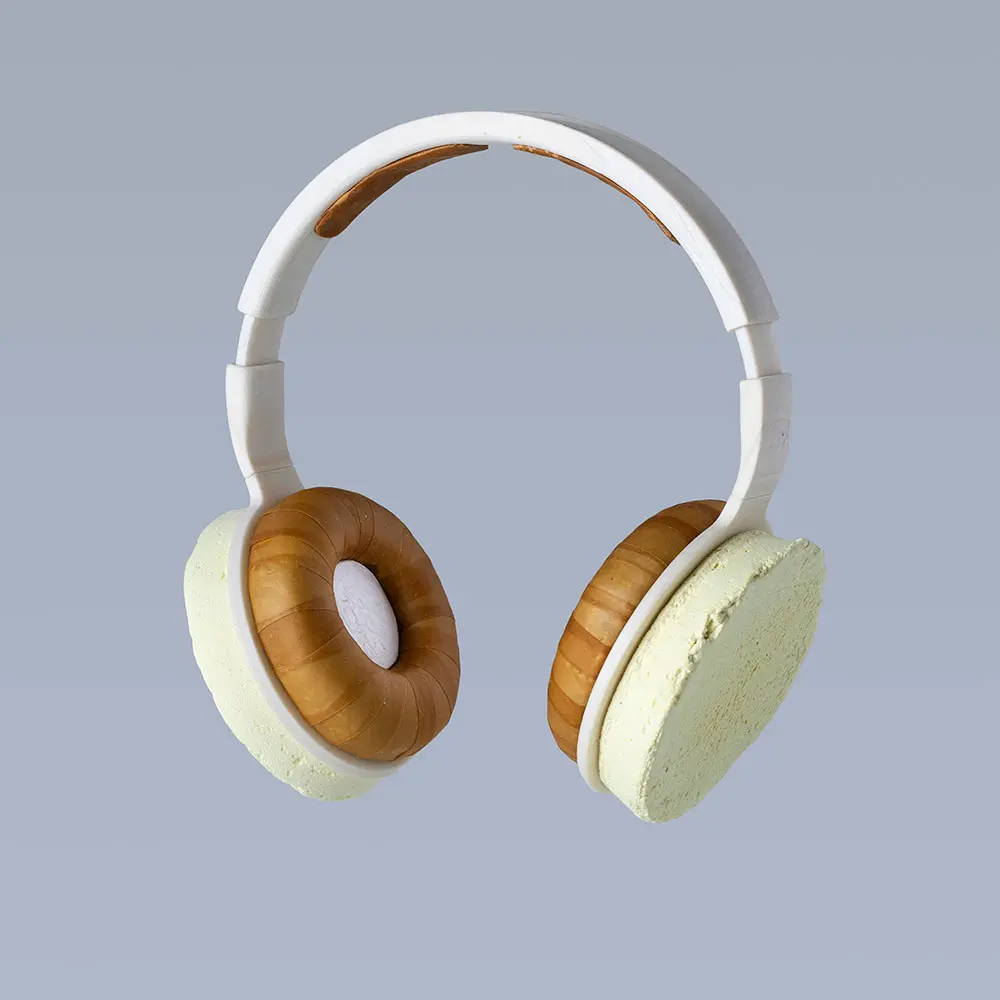
As headphones are a product featuring an amalgamation of different materials ranging from rigid, foam-like, flexible and porous ones, it represents a perfect opportunity to realize a full-range application of the new biologically generated materials on a 3-dimensional surface.
This sustainable headset explores 6 different bio-engineered materials in its construction. Ditching traditional plastic, Korvaa’s frame comprises a petroleum-free 3D printed biodegradable polylactic acid derived from lactic acid.
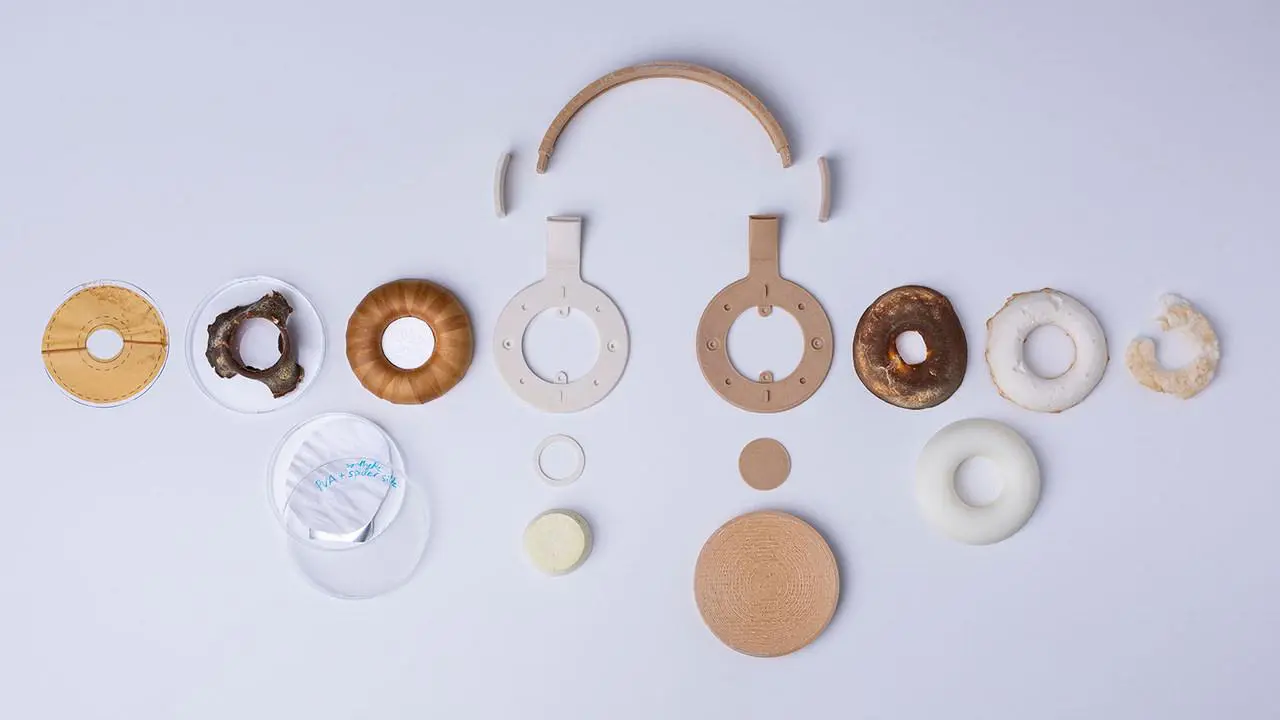
The soft ear-paddings is formulated from Trichoderma Ressei, a fungus which is quoted as “nature’s strongest bubble-maker” by the Aivan team. The fungus generates hydrophobin, which is a protein that supports fungal cells grow into the air and is further mixed with plant cellulose to obtain a soft structure.
The inner Korvaa mesh traces way back to a spider web: it is made up of biosynthetic spider silk by created microbe and then, processed with an electro-spinning method to turn it into a durable and flexible yarn.
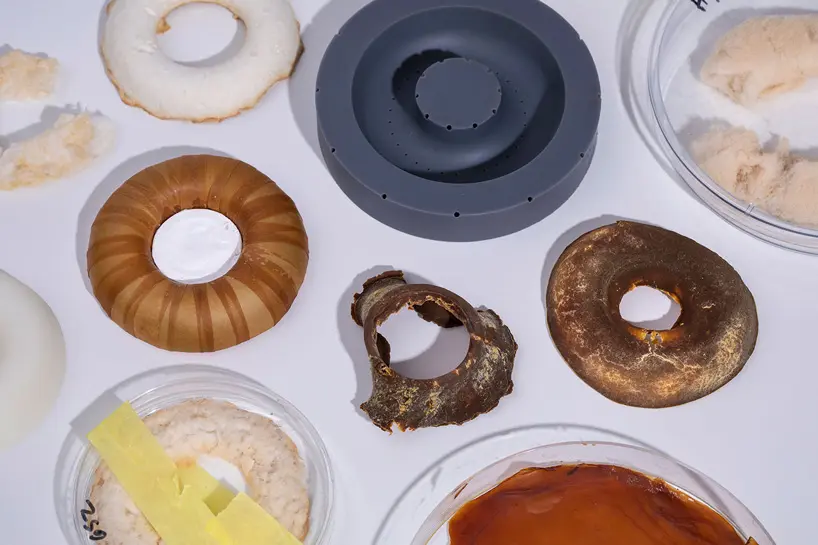
The material imitating leather used to cover the foam-like material has its origin from fungal mycelium (Phanerochaete chrysosporium). Other materials used in Korvaa are microbially produced cellulose, which is also a faster alternative to plant-based cellulose. It also comprises a composition of mycelium and bacterial cellulose.
The name Korvaa holds a double meaning: ”ear” in anatomy contexts and more commonly ”to substitute, compensate or replace”.
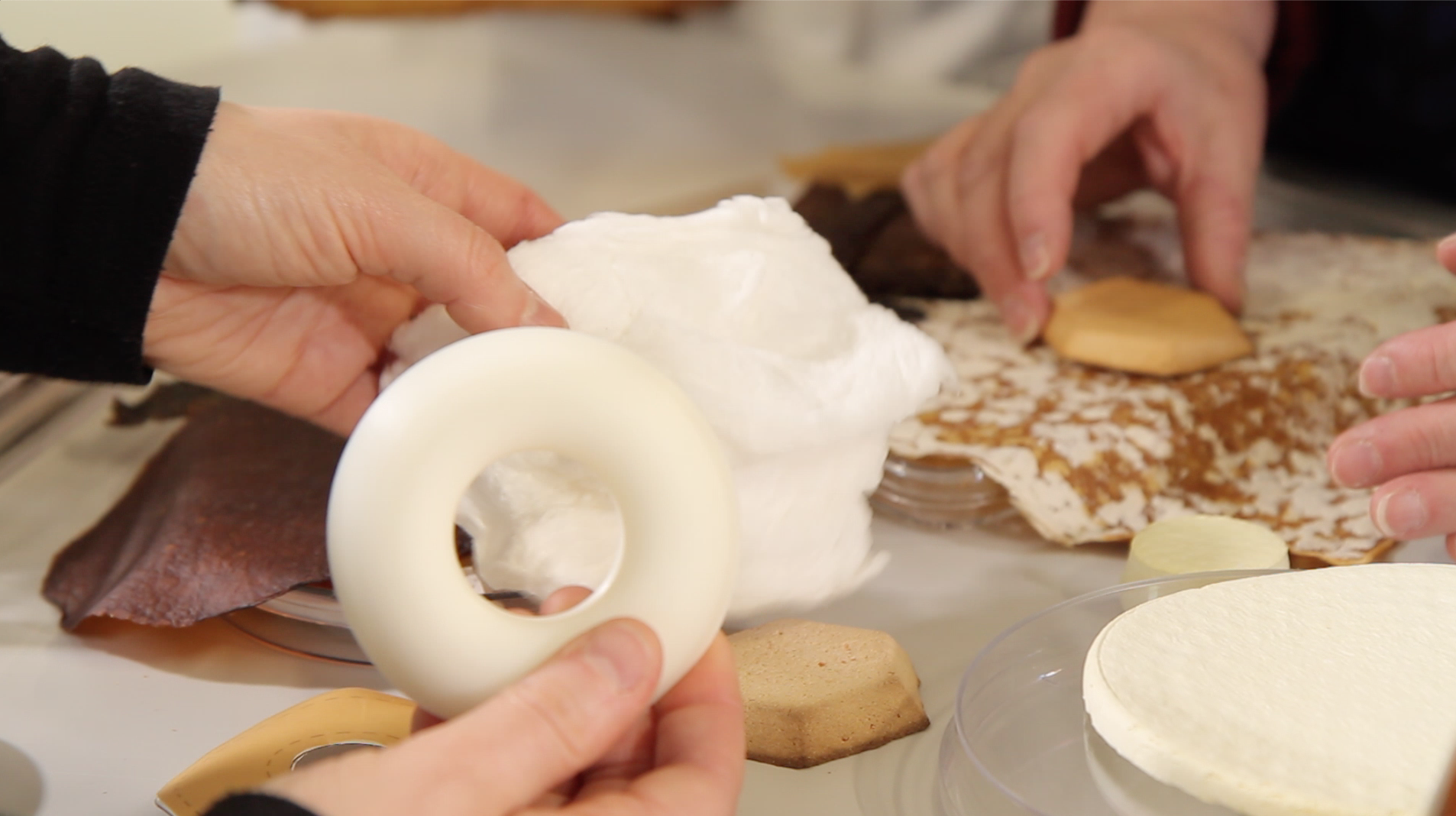
The name given by Aivan studio is surely apt for the innovative project aiming at substituting poisonous plastics. Apart from Korvaa, synthetic biology creations storm in different industries with:
- Adidas biodegradable sneakers in sportswear
- Carlo Ratti mushroom mycelium structure in architecture
- Omega spider silk strap in the watch industry
- Aniela Hoitink mycelia dress in the fashion industry








